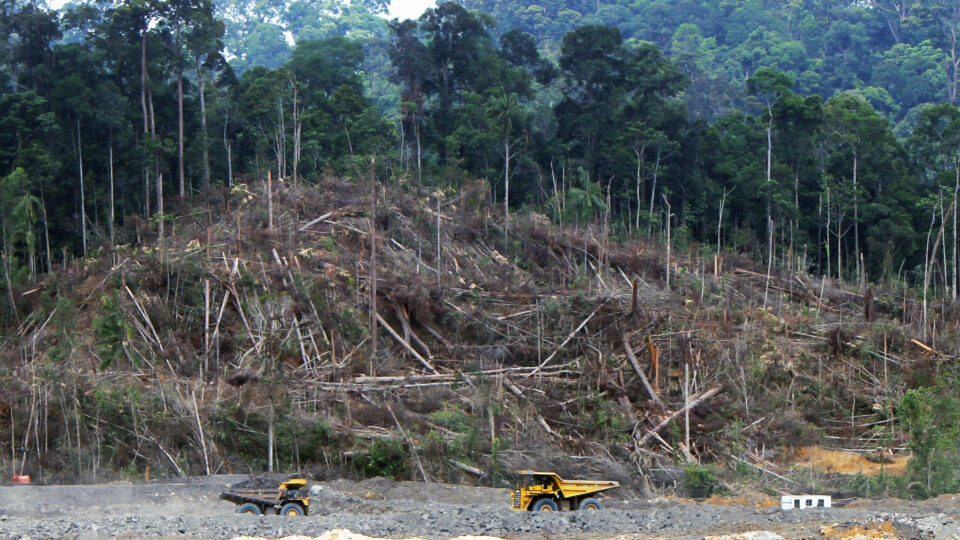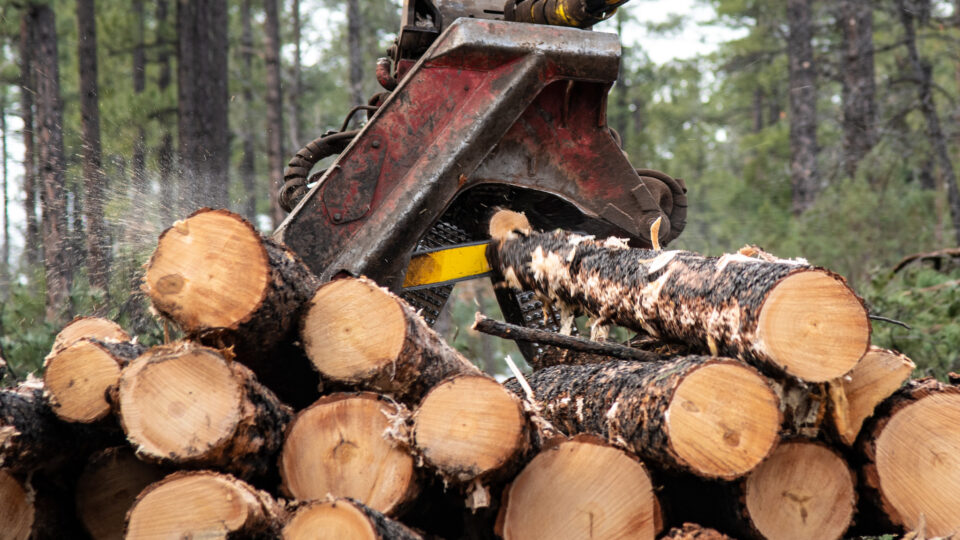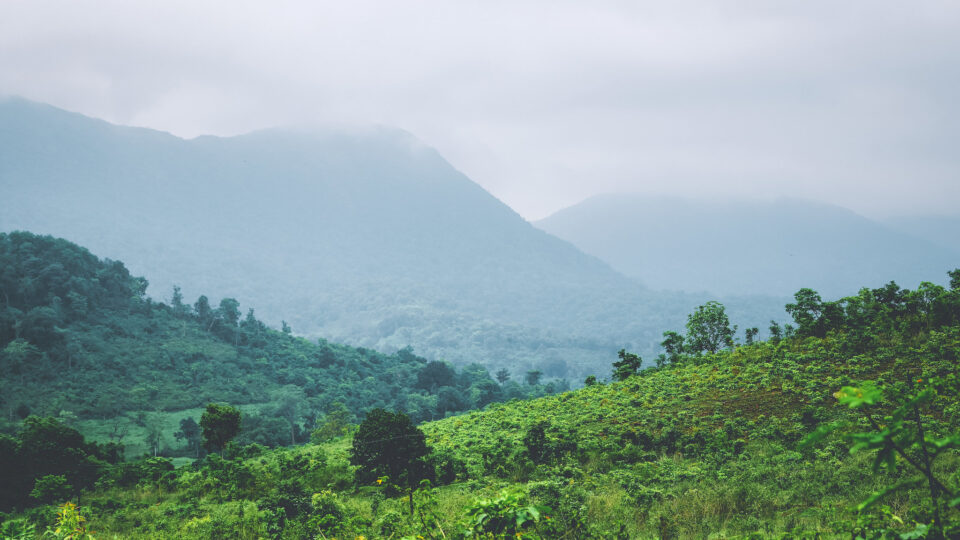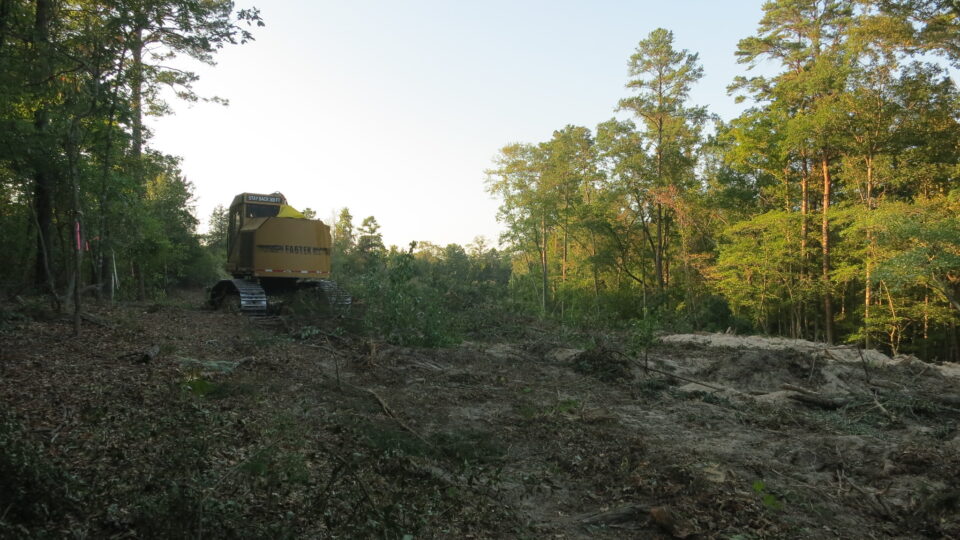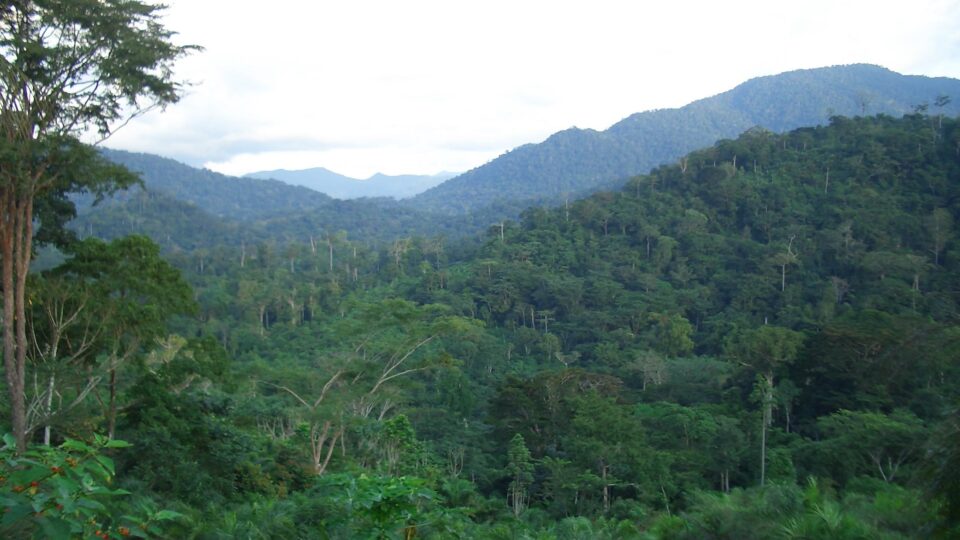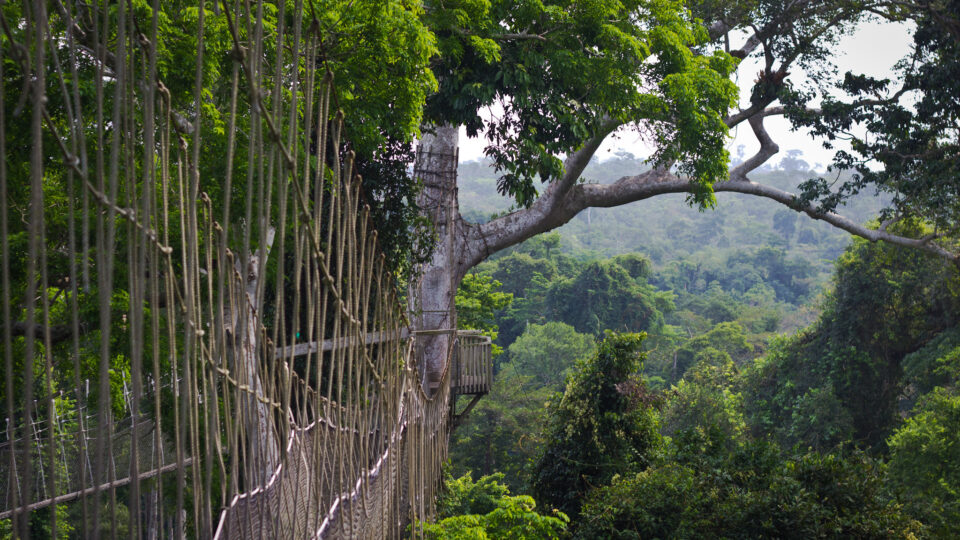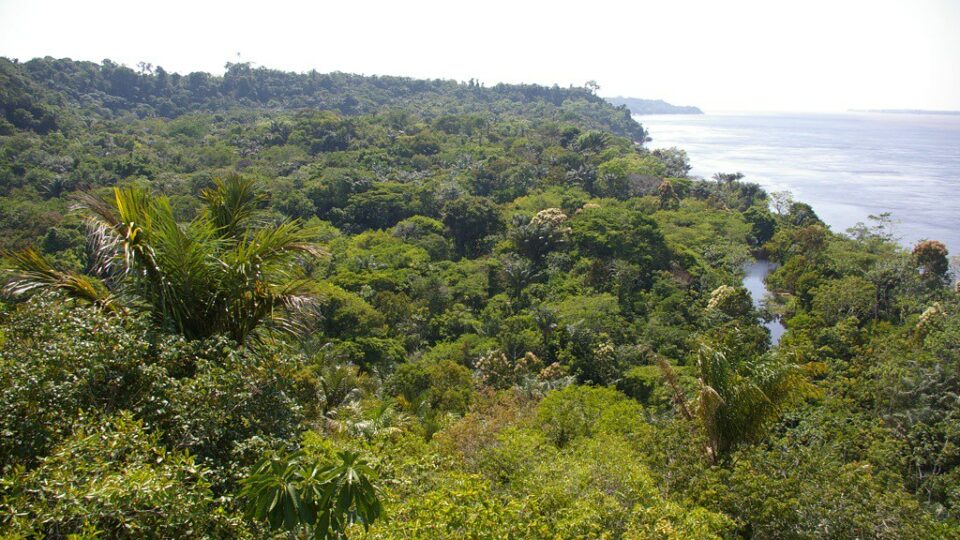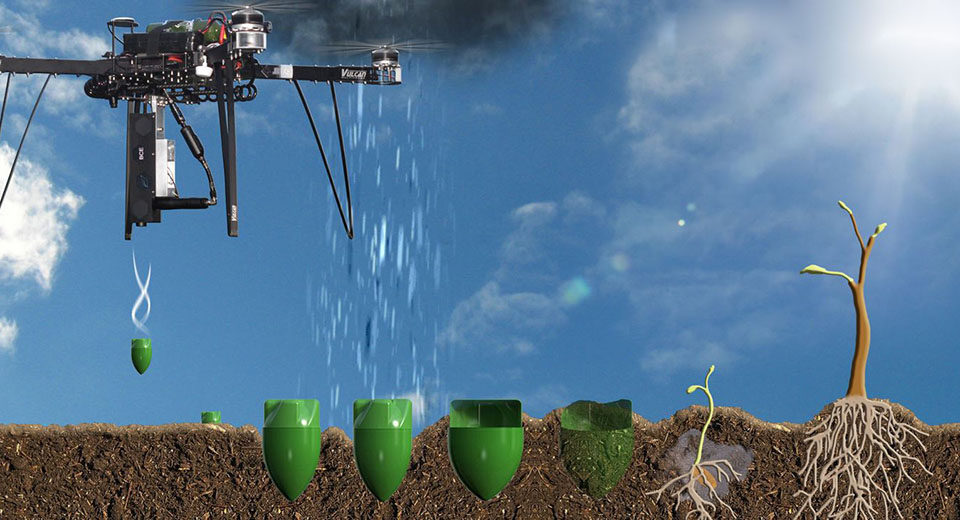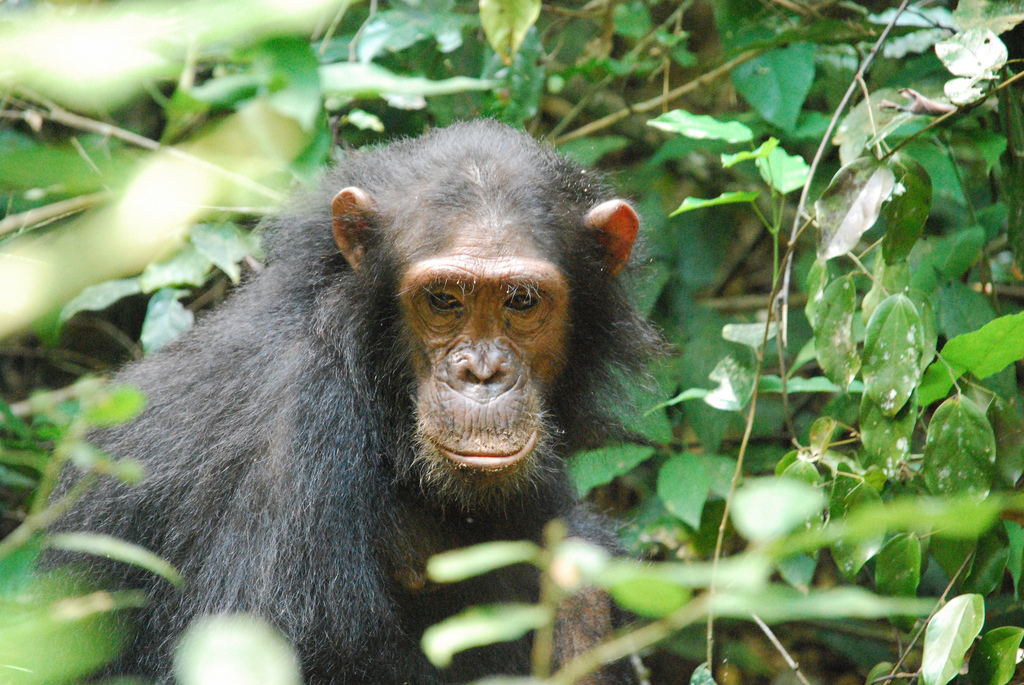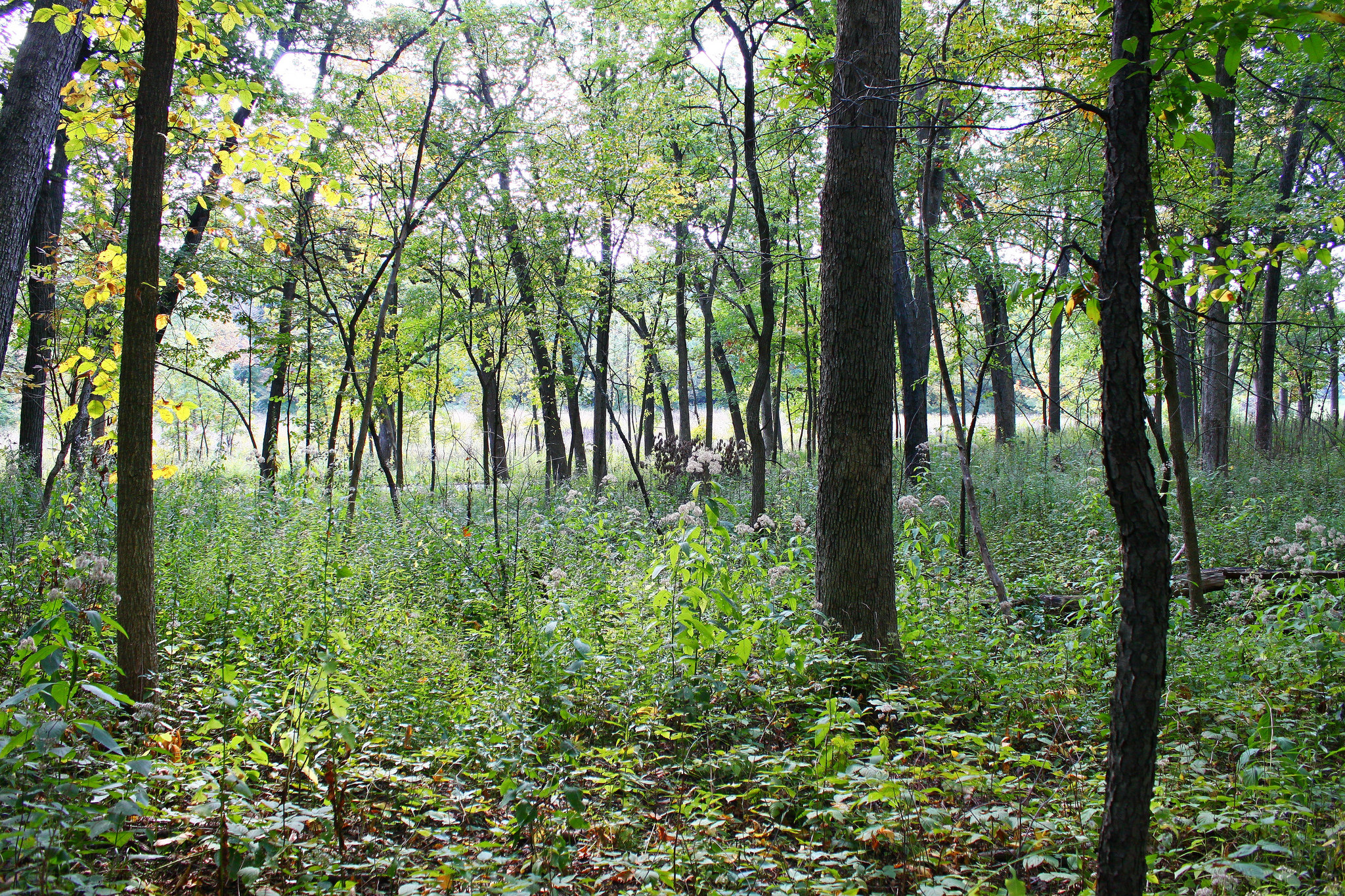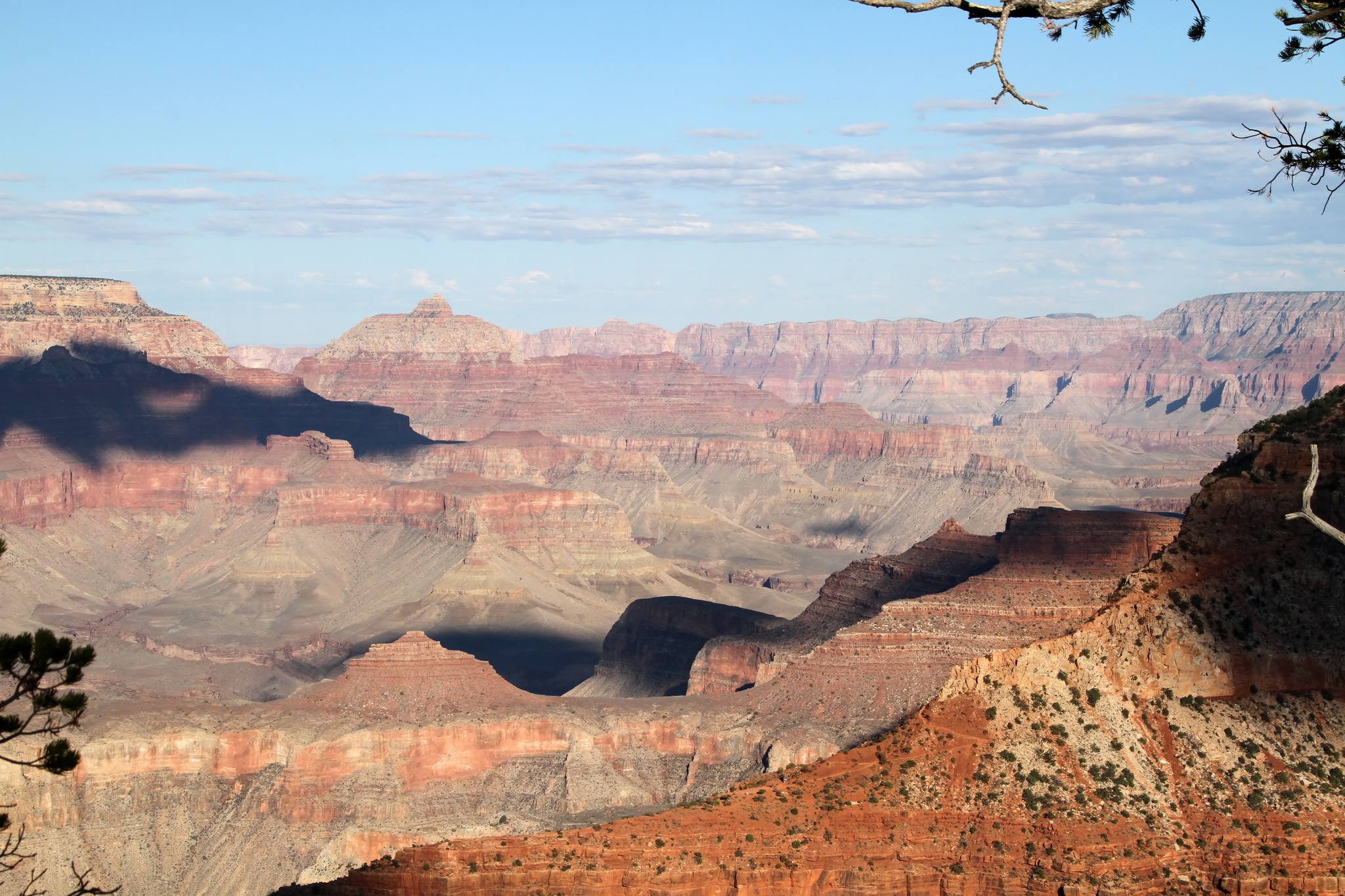Last year, the monarch butterfly was officially designated as endangered by the International Union for Conservation of Nature. Estimates are that the overall population of the species has dropped between 20% and 90% over the past several decades.
The migratory western population of monarchs is at the greatest risk of extinction, having declined by as much as 99.9% between the 1980s and 2021. Legal and illegal logging and deforestation to make space for agriculture and urban development has destroyed much of the butterflies’ winter shelter in Mexico and California and pesticides and herbicides throughout the butterflies’ range kills both the butterflies and the milkweed that their larvae feed on.
A new study by the University of Florida has found that aphids feeding on the milkweed that grows across the southern portions of the US causes the butterflies to lay fewer eggs on the plants and the caterpillars developing on those plants were slower to mature. The study showed that monarch laid three times as many eggs on aphid-free plants as they did on aphid-infested plants.
For years, there have been efforts to plant milkweed in urban areas to support monarch populations. However, aphids and other insect pests often reach high densities on plants in urban settings.
The researchers are advising home gardeners in the southern U.S. who want to conserve monarch butterflies to make use of safe techniques to limit aphid populations such as insecticidal soap. This may not always be an option and the researchers are investigating other options to keep aphids at low levels that aren’t harmful to monarchs.
**********
Web Links
Aphids make tropical milkweed less inviting to monarch butterflies, study finds
Photo, posted October 12, 2018, courtesy of Renee Grayson via Flickr.
Earth Wise is a production of WAMC Northeast Public Radio

